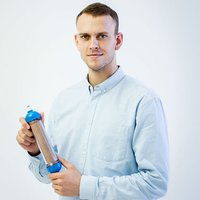Nanotechnology & materials
Prineha Narang
Her research on materials at the smallest scale could lead to a new generation of technologies.

China
Zhiting Tian
Thermal energy conversion and management that could lead to a new generation of technologies

China
Yingying Lu
The next generation of lithium metal battery with high energy density and safety

China
Rufan Zhang
He synthesized the longest CNTs in the world, which were 2.75 times longer than the previously reported values

Europe
Henrik Hagemann
His industrial wastewater treatment system captures 10 times more pollutants than the current leader, in a more efficient and sustainable way
